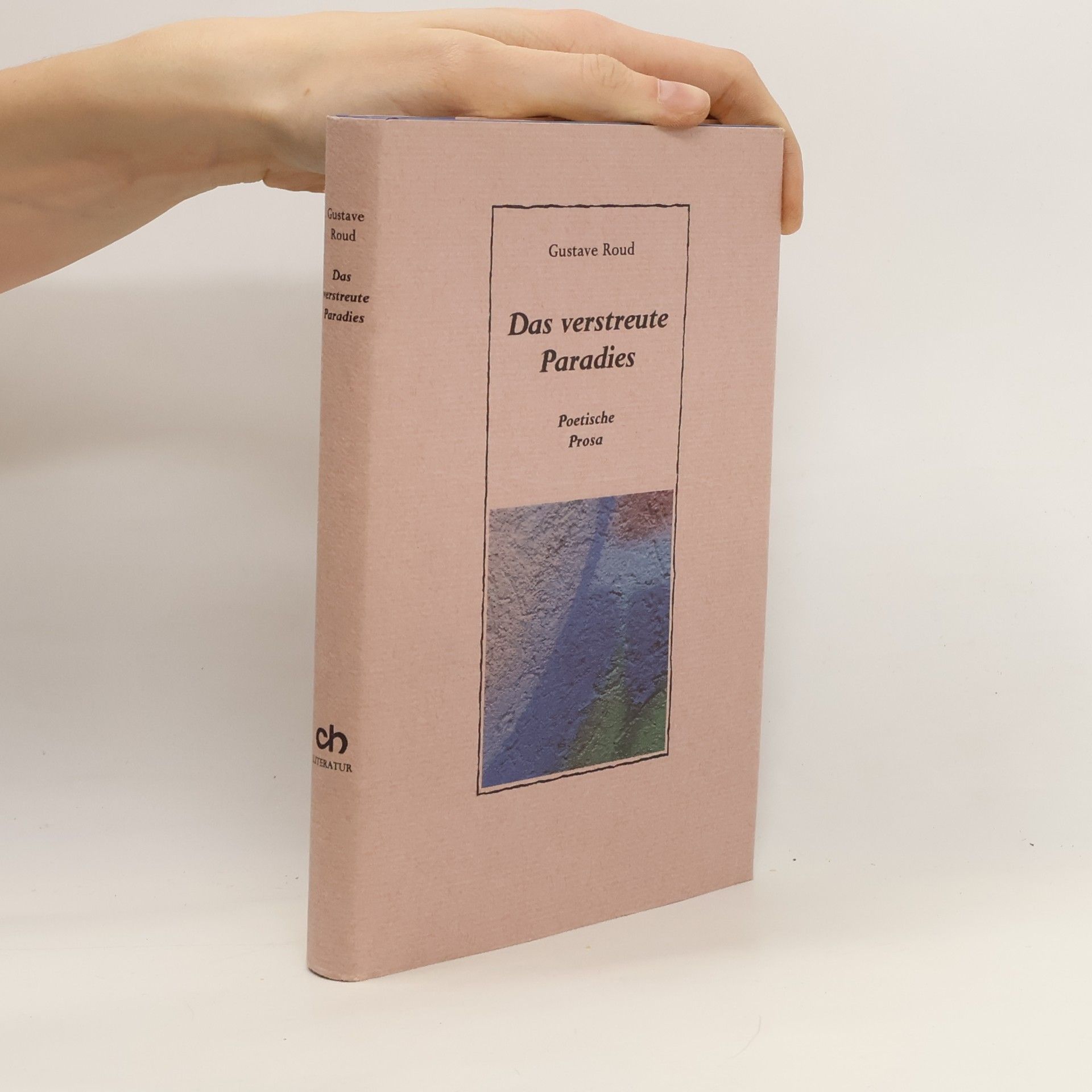"El descanso del jinete", publié par Gustave Roud en 1958, est considéré comme l'une de ses œuvres majeures. Chaque poème-relat est un micromonde où Roud explore paysages, souvenirs et émotions. Sa poésie, bien que discrète, mérite d'être redécouverte et attire un public croissant pour sa prose intense et nécessaire.
Gustave Roud Livres
Gustave Roud fut un poète et photographe suisse dont l'œuvre se tourna souvent vers les paysages de la région du Haut-Jorat. À travers ses vers, il chercha à capter la perception d'un "ailleurs" ou d'un paradis perdu. Considéré comme l'un des plus grands poètes de Romandie, l'influence de Roud en tant que mentor auprès de poètes plus jeunes, dont Philippe Jaccottet, fut profonde. Son écriture, profondément ancrée dans la littérature classique et marquée par un effort pour distiller l'essence du lieu et de l'être, continue de résonner pour son mérite littéraire distinctif.




Air of Solitude Followed by Requiem
- 192pages
- 7 heures de lecture
Gustave Roud, perhaps the most beloved poet of Swiss Romandy, is widely considered the founder of modern francophone Swiss literature, along with Charles-Ferdinand Ramuz. Roud lived at his grandfather's farm in Carrouge, Canton Vaud, for his entire life. In Air of Solitude, the first section of this two-part book, he stalks the structures and fields of his youth, composing memories out of his landscape. The narrator appears homegrown, expressing nostalgia for what is already in front of him. Yet, like an outsider, he remains distinctly elsewhere, unable to participate in the workday rituals of the men around him--a stalking shadow of unfulfilled yearning for affection and belonging. Air of Solitude explores the rural bodies and lives of the Vaudois, returning again and again to the desired male laborer Aim . Between each section of Air of Solitude, Roud inserts short vignettes that provide fleeting and lyrical images that resemble allusions to half-forgotten memories. However, Roud leaves the relationship between the titled sections and the interludes ambiguous. As the book concludes with Requiem, the remnants of narrative shatter, leaving behind only the spectral tatters of memory as Roud confronts the enigma of loss in peerless, jewel-studded elegiac prose. With these two tales, Roud revives the pastoral tradition and injects it with distinctly modernist anxiety and disillusionment.
Leben und Werk von Gustave Roud (1897–1978) haben nichts Spektakuläres an sich. Nach dem Studium in Lausanne kehrte Roud auf den Bauernhof seiner Familie in Carrouge (Kanton Waadt) zurück, wo er sein ganzes Leben verbrachte. Er war ein melancholischer Beobachter der bäuerlich geprägten Landschaft des Haut-Jorat, die er auf unzähligen Spaziergängen durchstreifte, um sie in einer poetisch dichten, musikalischen Prosa festzuhalten. Durch sein Werk, in dem er das von der Arbeit im Wechsel der Jahreszeiten bestimmte Leben beschreibt, zieht oft eine Ahnung von Harmonie und vom Paradies, aber ebenso oft eine tiefe Einsamkeit. Roud war ein wichtiger Vertreter einer Dichtung der Introspektion, geprägt von deutschen Dichtern wie Novalis, Trakl, Hölderlin und Rilke, die er ins Französische übersetzt hat. Das Werk des bereits von seinen Zeitgenossen verehrten Poeten hat heute über die Grenzen der Westschweiz hinaus breite Anerkennung gefunden. Ebenso anerkannt ist inzwischen auch sein fotografisches Werk, und Roud gilt als einer der wichtigsten europäischen Schriftsteller-Fotografen der Jahre zwischen den Weltkriegen.